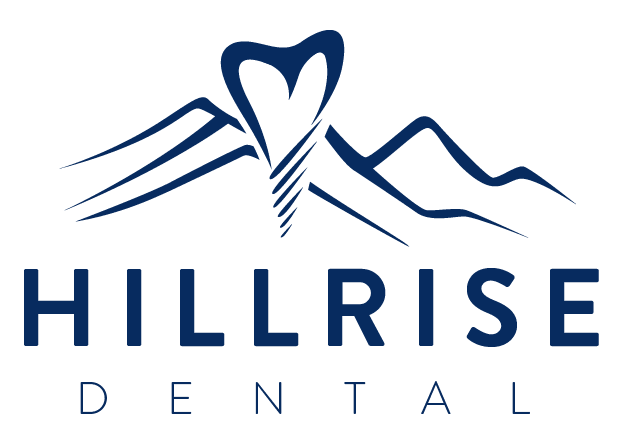The Rise in Hydroxychloroquine's Popularity during Covid-19
Amid the global upheaval sparked by the COVID-19 pandemic, hydroxychloroquine emerged from relative obscurity to capture widespread attention. Initially hailed by some as a potential game-changer in the fight against the virus, its popularity soared, influencing both healthcare policies and public sentiment. The surge in interest was fueled by anecdotal reports and the urgent demand for effective treatments, even relegating hydroxychloroquine from a niche therapeutic to a household name.
| Year | Global Prescriptions (in millions) | |----------|------------------------------------| | 2019 | 10 | | 2020 | 20 | | 2021 | 15 |
The rapid spread of information via social media and political endorsements further propelled its widespread adoption. However, as scientific scrutiny intensified, debates over its efficacy highlighted the complexities of balancing emergency responses with evidence-based practices.
Statistical Overview of Global Hydroxychloroquine Prescriptions

In recent years, hydroxychloroquine prescriptions have experienced a dramatic shift. The onset of the COVID-19 pandemic served as a pivotal moment, sparking a global surge in demand, albeit with varying degrees of enthusiasm and skepticism across different regions. In various parts of the world, particularly where healthcare systems were under duress, hydroxychloroquine became a focal point of both policy discussions and prescriptions, with prescriptions skyrocketing during specific peaks of the pandemic.
Analyzing data from countries such as the United States, India, and Brazil, a notable pattern emerges. There was a quick uptick in prescriptions, temporarily stabilizing before declining as alternative treatments were either approved or the drug's efficacy was questioned. This fluctuation illustrates the impact of emerging evidence and changing guidelines on prescription habits.
Interestingly, the disparity in hydroxychloroquine usage across continents highlights different healthcare dynamics. In regions with diverse healthcare infrastructures, such as Africa and South America, accessibility and local regulatory decisions heavily influenced prescription rates. This statistical snapshot underscores the broader complexities involved in hydroxychloroquine usage and paves the way for understanding how medical trends evolve in response to crisis and new information.
Comparing Hydroxychloroquine Usage Across Different Regions
Hydroxychloroquine's usage patterns have exhibited significant regional variations, largely influenced by local healthcare guidelines and COVID-19 impact levels. In North America, early enthusiasm, spurred by high-profile endorsements, drove a surge in prescriptions. Despite later reassessments by health authorities, interest remained elevated for a time. Europe exhibited a more variable trend; while countries like France initially embraced hydroxychloroquine, usage was later curtailed due to emerging efficacy data.
Asia, particularly India, saw widespread adoption, partly due to hydroxychloroquine's established role in treating malaria and the region's pharmaceutical manufacturing capacity. African nations, similarly, leveraged their endemic experience with the drug, maintaining moderate usage levels. Meanwhile, Australia adopted a more cautious approach, aligning closely with stringent scientific evaluations, which limited widespread use. These diverse regional practices underscore the complex interplay of cultural, scientific, and political factors in hydroxychloroquine's global journey.
Analyzing Trends in Hydroxychloroquine's Effectiveness Claims

During the early stages of the COVID-19 pandemic, hydroxychloroquine quickly gained attention due to anecdotal claims of its effectiveness. However, as scientific studies progressed, the narrative became more complex. Initial enthusiasm was fueled by urgent circumstances and preliminary reports. Yet, subsequent randomized controlled trials, crucial for assessing the drug’s true efficacy, often showed conflicting results, sparking heated debates among medical professionals.
As the pandemic evolved, so did the understanding of hydroxychloroquine's role. Researchers dissected data sets across varying demographics, revealing diverse outcomes and effectiveness levels. These analyses underscored the drug's interaction with other variables—such as dosage, patient health conditions, and timing—impacting its overall perceived efficacy.
Public Perception and Influence on Hydroxychloroquine Demand
The debate over hydroxychloroquine's use has been fueled by intense media coverage and varied expert opinions. Initially hailed as a potential remedy for COVID-19, it rapidly gained attention, leading to spikes in consumer demand. Social media played a pivotal role in shaping public opinion, with endorsements and critiques spreading widely. The contrasting scientific studies on its effectiveness added to the uncertainty, influencing both patient and provider trust.
| Factors | Impact on Demand |
|---|---|
| Media Coverage | Significant increase during initial discussions |
| Social Media Influence | Rapid shifts based on online narratives |
| Scientific Studies | Dynamic changes based on published findings |
This fluctuating trust has driven patches of inconsistent demand across regions. Emotional and political dimensions further complicated perceptions, as hydroxychloroquine became a symbol in wider debates. As the conversation evolves, public sentiment may continue to alternately drive or deter its utilization, amidst fluctuating evidence and guidelines.
Future Projections for Hydroxychloroquine in Medical Practices
As the medical community advances, the future role of hydroxychloroquine remains a subject of intense interest and speculation. While its profile surged during the COVID-19 pandemic, ongoing research is crucial to defining its therapeutic potential beyond the virus. Innovations in personalized medicine may unveil novel applications or refine existing ones, potentially revitalizing the drug's clinical relevance.
Despite past controversies, the demand for hydroxychloroquine could see a resurgence if emerging studies validate its efficacy for other conditions. The integration of advanced data analytics into healthcare could also refine prescription practices, ensuring hydroxychloroquine’s use is more targeted and effective. These factors collectively shape its prospective journey in the medical field.

